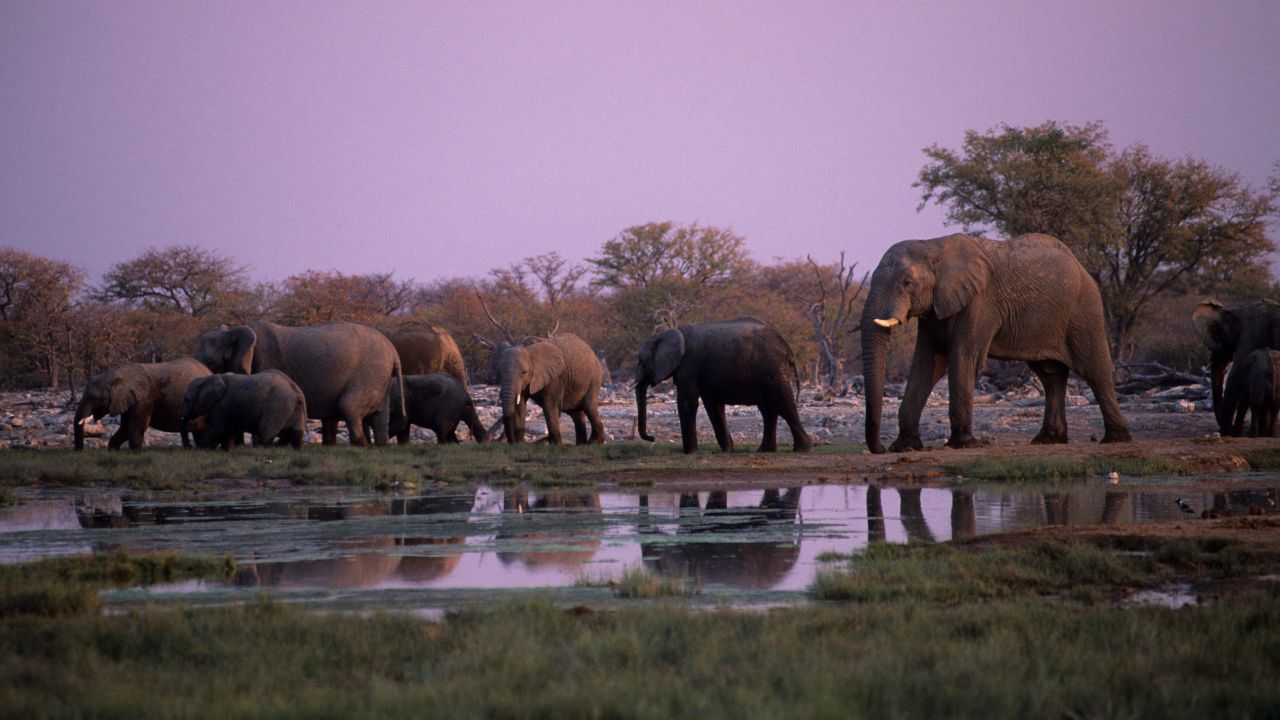Now Reading: How Satellites Are Saving Endangered Desert Elephants
-
01
How Satellites Are Saving Endangered Desert Elephants
How Satellites Are Saving Endangered Desert Elephants

Quick Summary
- Namibia’s critically endangered desert elephants face survival challenges due to drought, leading them to seek water near human settlements, ofen resulting in conflict and fatalities.
- Historically, desert elephants have adapted uniquely to arid environments but now remember human threats and approach villages at night for safety.
- Their population has drastically declined from around 3,000 to only 150 due to poaching during colonial-era wars and environmental pressures affecting calf survival rates.
- A conservation project deploys GPS collars combined with high-resolution satellite imagery for real-time monitoring of elephant movements through geofencing systems like “Earth Ranger.” this technology alerts communities when elephants are nearby.
- Researchers aim to mitigate conflict by protecting water points and negotiating habitat corridors with local farmers based on observational data from satellites.
- Collaboration between scientists and farmers has led to compromises allowing safe zones for elephants while reducing property damage.
Images:
Elephants:
!Elephants at a waterhole
Satellite Image of Namibia:
!Satellite image of Namibia
Indian Opinion Analysis
The plight of Namibia’s desert elephants highlights broader issues about human-wildlife coexistence, a challenge relevant globally including india. With its growing population pressing into natural habitats, india also faces frequent conflicts between humans and endangered species such as Asiatic lions or Bengal tigers. Technological strategies employed in Namibia provide an example that could inform conservation approaches domestically.
GPS tracking combined with satellite imaging holds promise in better managing wildlife corridors where territorial boundaries overlap. The success reported using “Earth Ranger” demonstrates how real-time visibility can reduce incidents of fatal encounters. Strategic collaborations between local communities, scientists, and policymakers seem crucial-mutual solutions such as dedicating territories or modifying infrastructure ensure preservation without further marginalizing rural livelihoods.
India’s existing uses of technology for biodiversity tracking align with these practices but might benefit from expanded deployment across its diverse ecosystems. By fostering community awareness coupled with rigorous scientific methods like those seen in Namibia’s elephant conservation efforts,potential harm can be alleviated while advancing harmony within shared spaces.
























